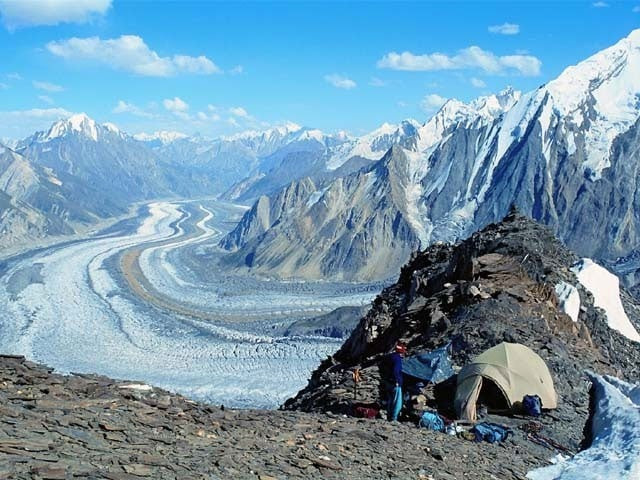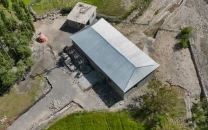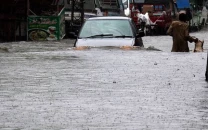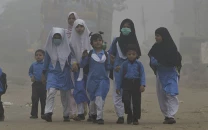Environmentalists call G-B a ‘ticking bomb’
Experts say region is prone to various natural disasters

Experts say region is prone to various natural disasters. PHOTO: AFP
While speaking at the workshop, World Wide Fund for Nature (WWF) G-B chief Dr Babar Khan said adaptation was the best solution for mountainous regions such as G-B to avoid the negative impact of climate change.
G-B receives 25 vehicles from Chinese govt for CPEC
Amid danger
He said there are 7,000 glaciers in the Himalaya, Hindukush and Karakoram ranges and climate change formed another 2,500 lakes around them.
“Of these 2,500 lakes, 52 are highly dangerous and may pose serious threats to the population downstream in case of a slight tremor,” he said.
The workshop was organised by International Centre for Integrated Mountain Development (ICIMOD) and WWF. Participants included KIU professors, researchers, academics, forest department officials and journalists.
Babar said data from the past 100 years suggested temperature in the region had drastically increased. “This led to shrinking of glaciers, and the overall change in weather patterns has caused a delay in snowfall and affected agricultural yield,” he added.
36 glacial lakes in G-B unsafe: weatherman
Effects on creatures
ICIMOD Director Dr Jasra said climate change also disturbed the schedule of seasonal birds.
“The population of butterflies decreased drastically in G-B owing to climate change in the region,” he added. “Birds and butterflies play a central role in pollination and their absence will disturb the ecosystem.”
The workshop was also addressed by G-B Forest, Wildlife and Environment Secretary Sajjad Haider.
Published in The Express Tribune, May 31st, 2016.



















COMMENTS
Comments are moderated and generally will be posted if they are on-topic and not abusive.
For more information, please see our Comments FAQ